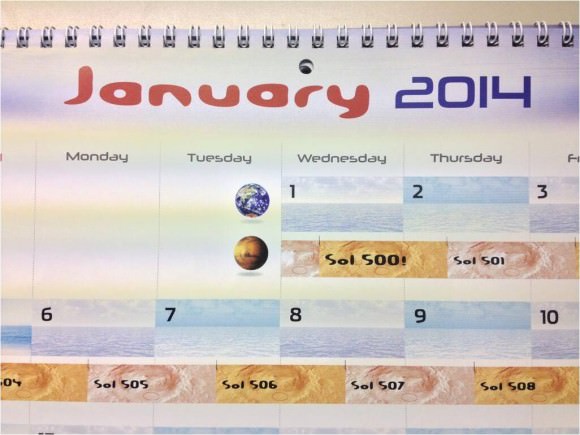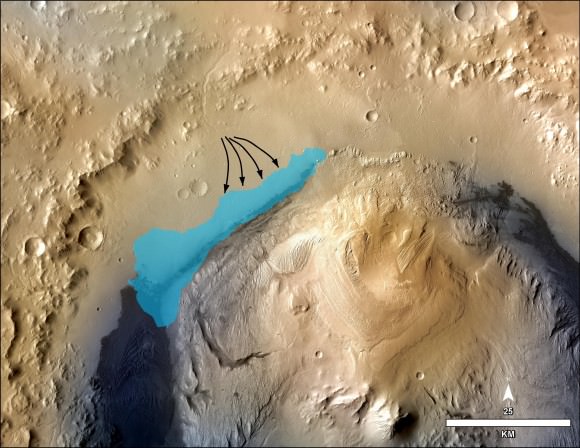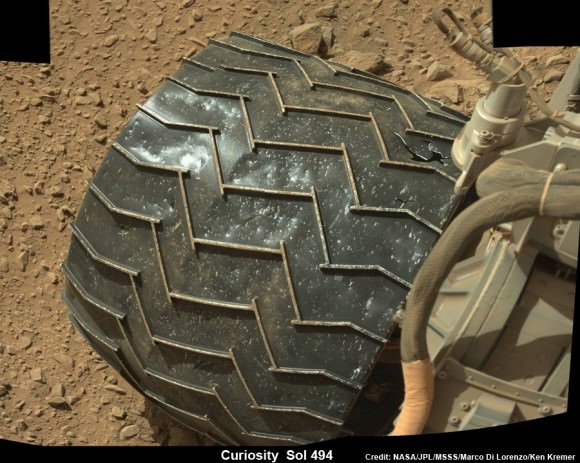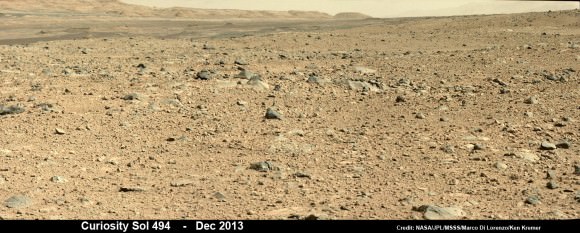Antares rocket blastoff on Jan. 9 from Launch Pad 0A at NASA Wallops Flight Facility, VA lofting the Cygnus resupply vehicle on a mission for NASA bound for the International Space Station. Docking at ISS planned for Jan. 12. Both vehicles built by Orbital Sciences. Photo taken by remote camera at launch pad. Credit: Alan Walters/AmericaSpace/awaltersphoto.com
See Photo Gallery below
Story updated[/caption]
WALLOPS ISLAND, VA – The Cygnus commercial resupply freighter is hurtling towards the International Space Station (ISS) at 17,500 MPH following the flawless Jan. 9 blastoff from NASA Wallops Island, Va., atop the Orbital Sciences Corp. Antares rocket.
Cygnus is bound for the ISS on its historic first operational mission to deliver over 1.5 tons of science experiments, provisions and belated Christmas presents to the six man crew aboard the massive orbiting outpost, under Orbital Science’s $1.9 Billion resupply contract with NASA.
See our up close photo and video gallery of the spectacular Jan 9. Launch – above and below.
The privately built Cygnus cargo vessel is in the midst of a two and a half day high speed orbital chase and is scheduled to rendezvous and dock with the station early Sunday morning, Jan 12.
The Orbital-1 ship is named the “SS C. Gordon Fullerton” in honor of NASA space shuttle astronaut C. Gordon Fullerton who later worked at Orbital Sciences and passed away in 2013.
The imagery was shot by remote cameras set up all around the NASA Wallops Launch Pad 0A as well as from the media viewing site some 2 miles away.
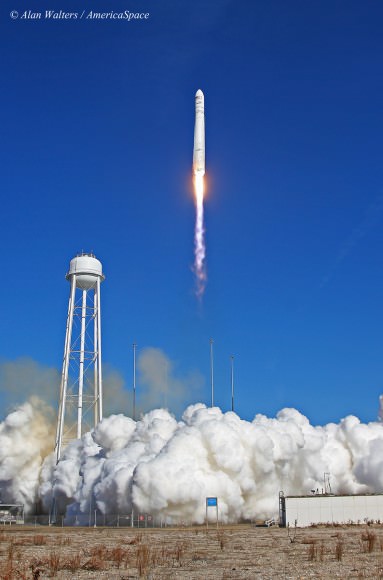
Currently, the Cygnus spacecraft is barely 12 hours from its carefully choreographed arrival at the station on Sunday morning.
NASA TV will provide live coverage starting at 5 a.m. EST Sunday – http://www.nasa.gov/multimedia/nasatv/
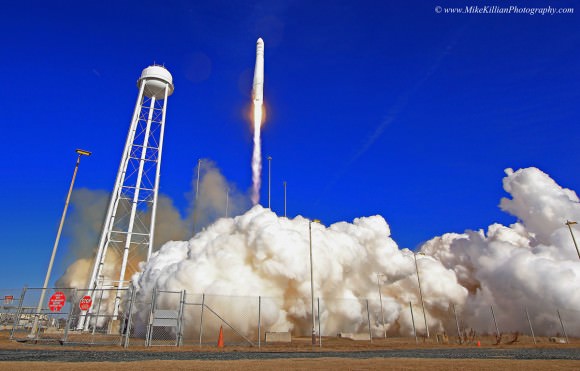
“All Cygnus systems are performing as expected with no issues,” said Orbital Sciences in an update.
“The spacecraft has conducted five orbit-raising maneuvers and is on track for rendezvous with the International Space Station tomorrow morning [Sunday, Jan. 12].”
“Cygnus will maneuver to a distance of about 30 feet from the station,” said Frank Culbertson, executive vice president and general manager of Orbital’s advanced spaceflight programs group, and former Space Shuttle commander.
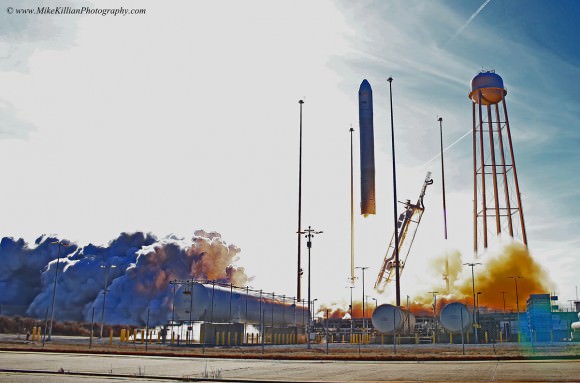
The goal of Orbital Sciences Cygnus – and the Space X Dragon – is to restore America’s cargo delivery capabilities to low Earth orbit and the ISS that was totally lost following the forced retirement of NASA’s Space Shuttles, by utilizing new and privately developed resupply freighters that will cuts costs.
Cygnus is packed with 2,780 pounds (1261 kg) of station supplies and vital research experiments.
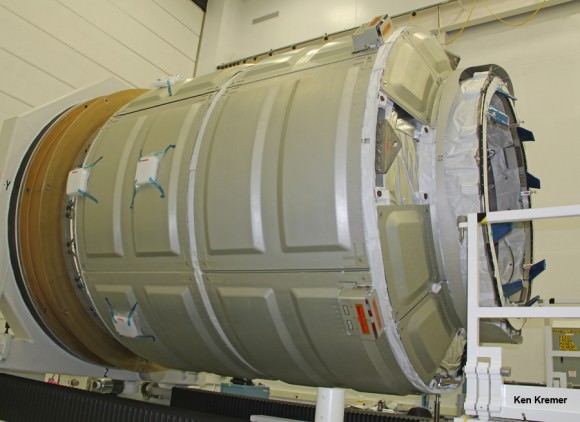
Cygnus pressurized cargo module – side view – during prelaunch processing by Orbital Sciences at NASA Wallops, VA. Docking mechanism to ISS at right. Credit: Ken Kremer – kenkremer.com
Expedition 38 crew members Engineers Mike Hopkins and Koichi Wakata aboard the station will reach out and with the stations 57 foot long Canadarm2 and grapple Cygnus with the robotic arm on Sunday at 6:02 a.m. EDT.
Hopkins and Wakata will then carefully maneuver the robot arm and guide Cygnus to its berthing port on the Earth-facing side of the Harmony node.
The installation begins around 7:20 a.m. EDT. And NASA TV will provide continuous live coverage of Cygnus rendezvous, docking and berthing operations.
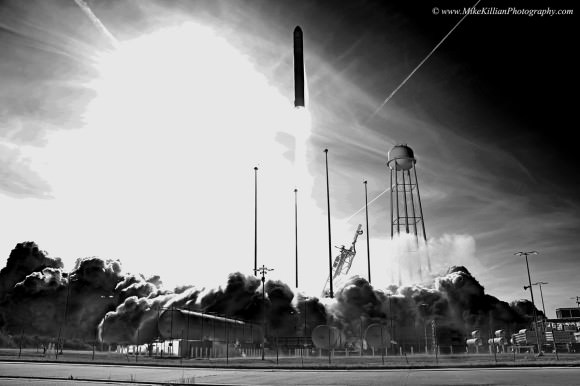
The majestic blastoff of Orbital Science’s two stage Antares rocket took place from a beachside pad at NASA’s Wallop’s Flight Facility along the eastern shore of Virginia, Thursday, at 1:07 p.m. EST.
The station was flying about 260 miles over the Atlantic Ocean just off the coast of Brazil as Antares soared aloft.
Following the 10 minute ascent to orbit, Cygnus separated as planned from the ATK built upper stage about 30 minutes after launch. The Ukrainian supplied first stage fired for approximately four and one half minutes
The solar arrays deployed as planned once Cygnus was in Earth orbit to provide life giving energy required to command the spacecraft.
The picture perfect launch of the 133 foot tall Antares put on a spectacular sky show following a trio of delays since mid- December 2013.
The first postponement was forced when spacewalking astronauts were called on to conduct urgent repairs to fix an unexpected malfunction in the critical cooling system on board the station.
Then, unprecedented frigid weather caused by the ‘polar vortex’ forced a one day from Jan. 7 to Jan. 8.
Finally, an unexpected blast of solar radiation from the Earth’s Sun on Tuesday (Jan. 7) caused another 24 postponement because the highly energetic solar particles could have fried the delicate electronics controlling the rockets ascent with disastrous consequences.
Cygnus is loaded with science experiments, computer supplies, spacewalk tools, food, water, clothing and experimental hardware.
“The crew will unload Cygnus starting probably the next day after it docks at station,” said Culbertson.
Among the research items packed aboard the Cygnus flight are an experiment to study the effectiveness of antibiotics in space and a batch of 23 student experiments involving life sciences topics ranging from amoeba reproduction to calcium in the bones to salamanders.
The student experiments selected are from 6 middle school and high school teams from Michigan, Texas, Colorado, and Washington, DC.
Watch for my ongoing Antares/Cygnus reports.
Stay tuned here for Ken’s continuing Orbital Sciences, SpaceX, commercial space, Chang’e-3, LADEE, Mars and more news.
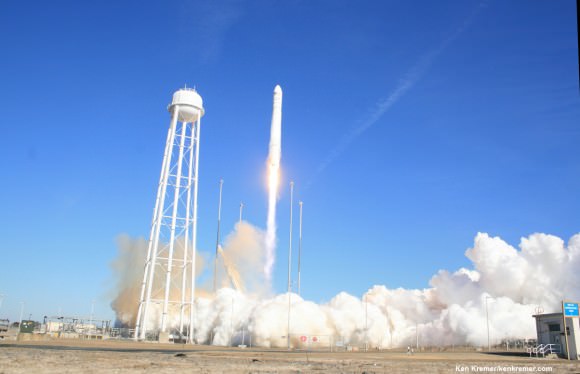
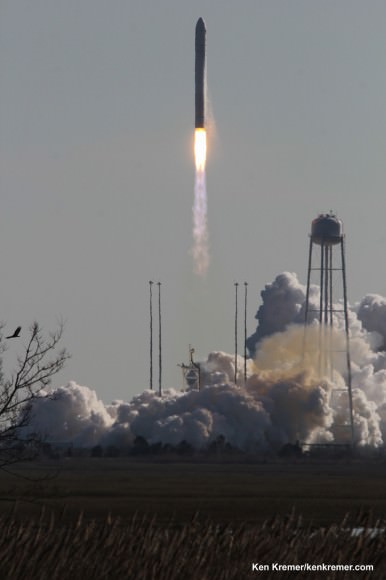
Credit: Ken Kremer – kenkremer.com
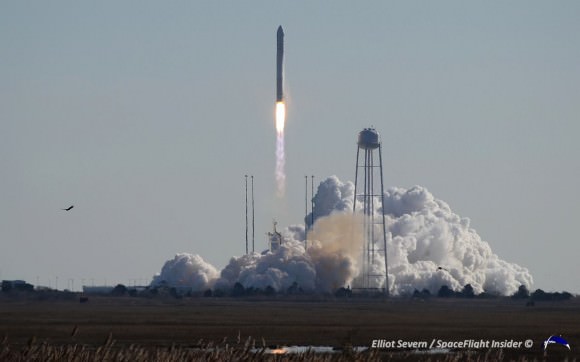
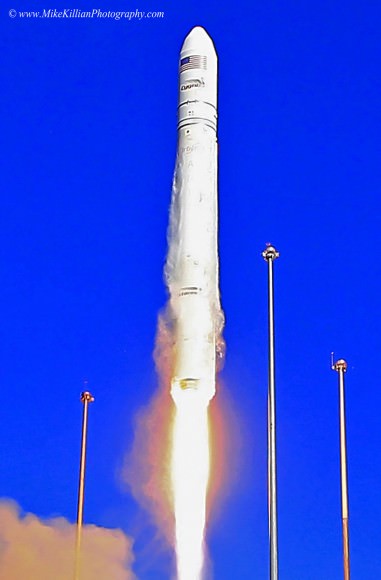
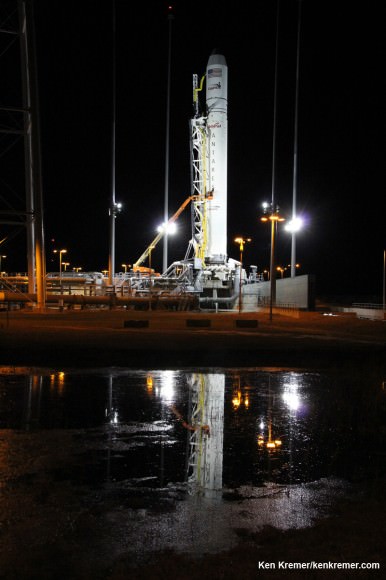
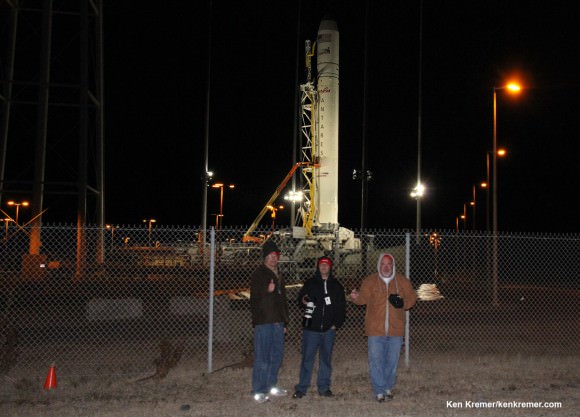
NASA Antares Jan. 9, 2014 Launch Video
Video caption: U.S. Cargo Ship Launches to ISS on First Resupply Mission from NASA Wallops

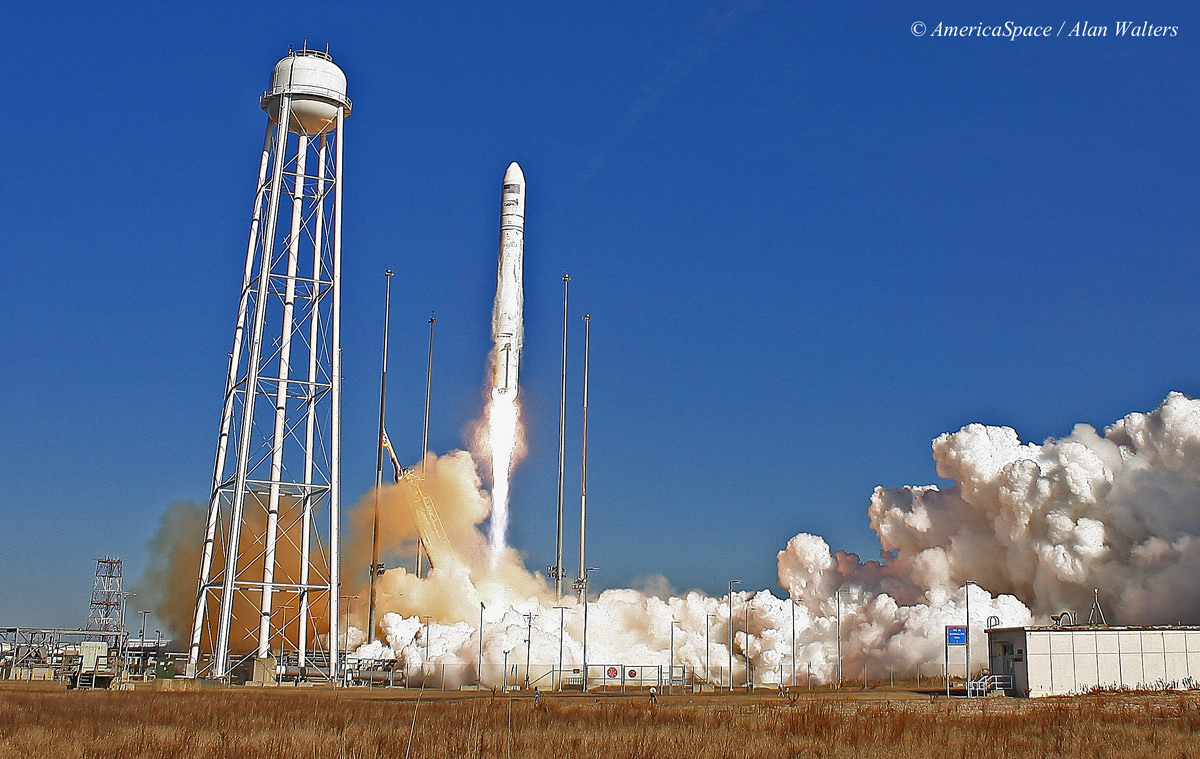
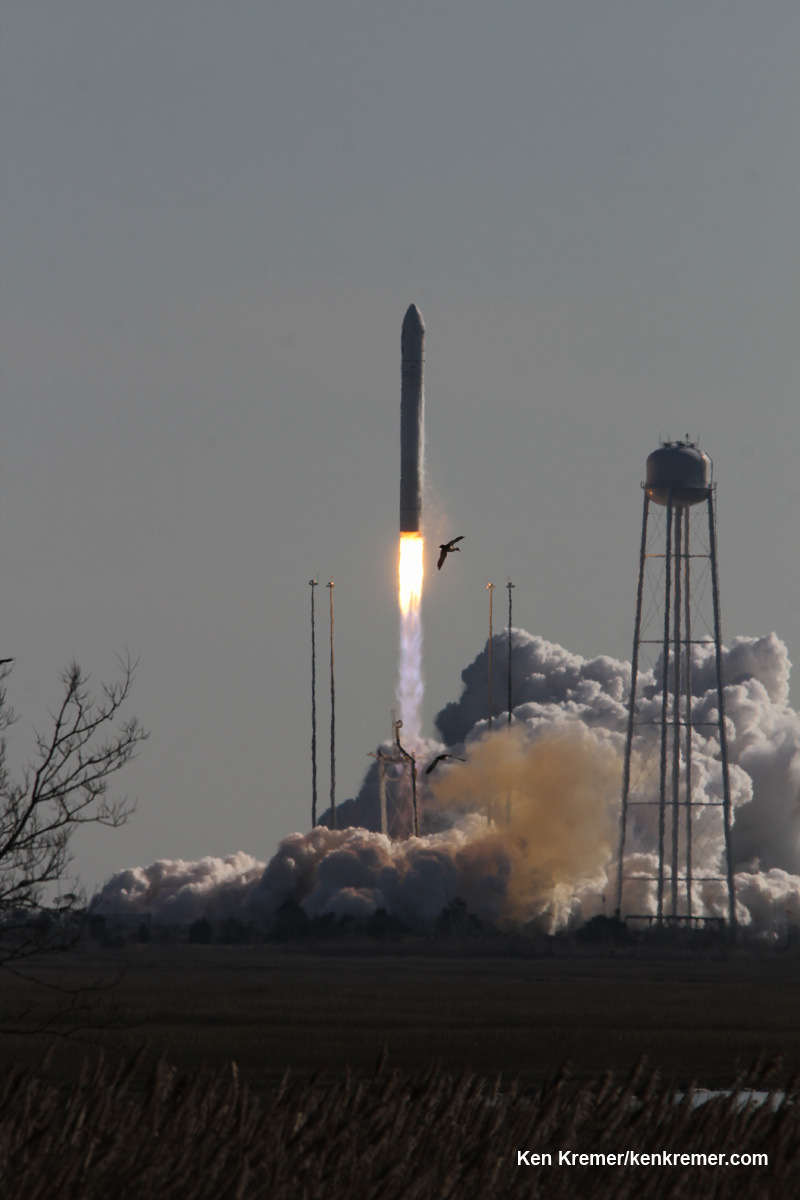
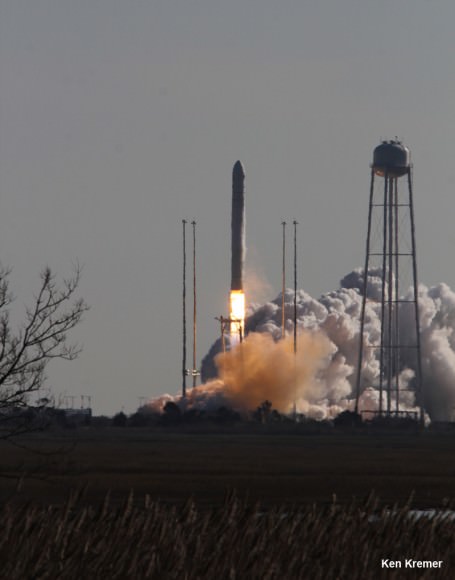
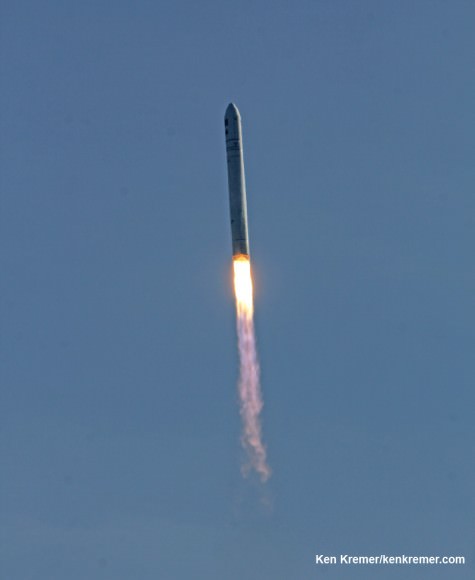
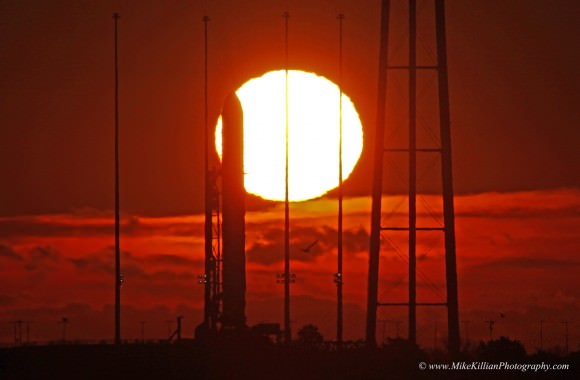
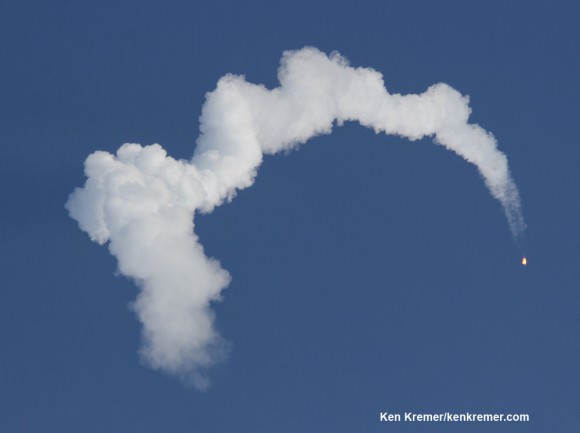
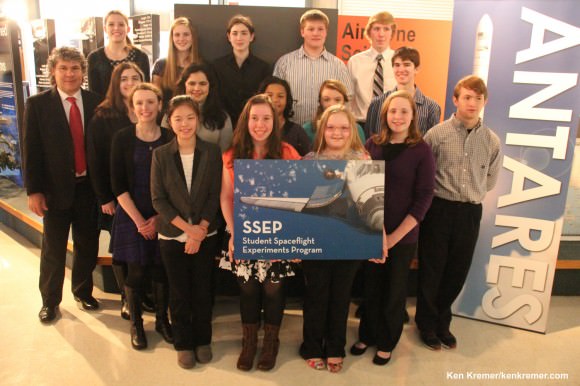
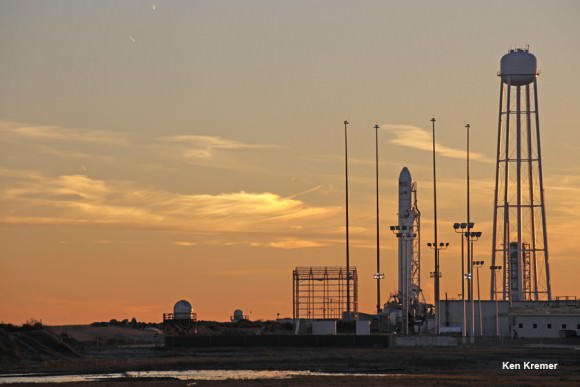

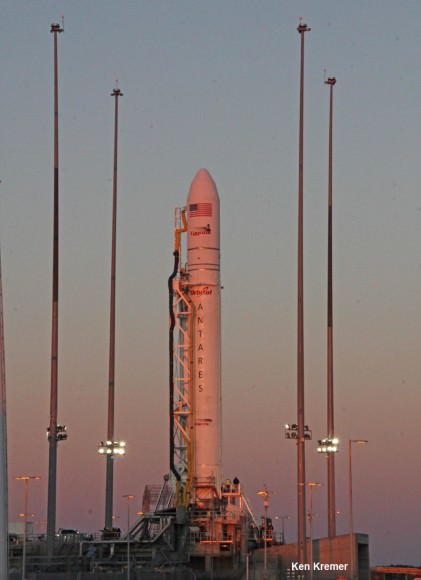
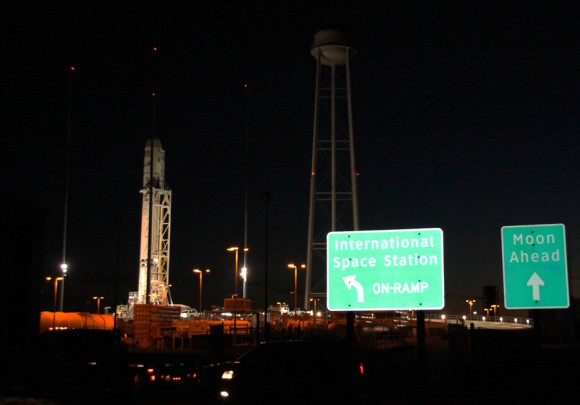
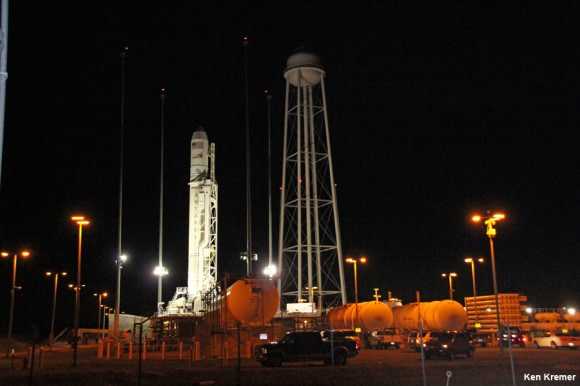
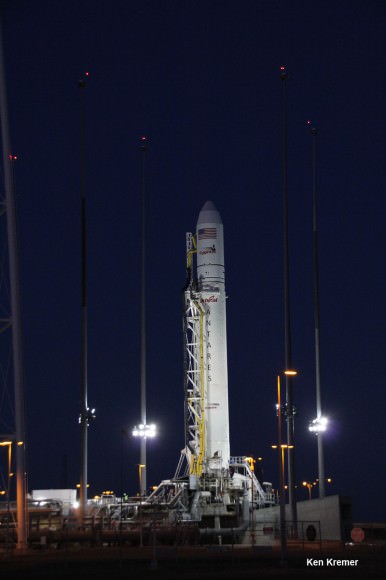
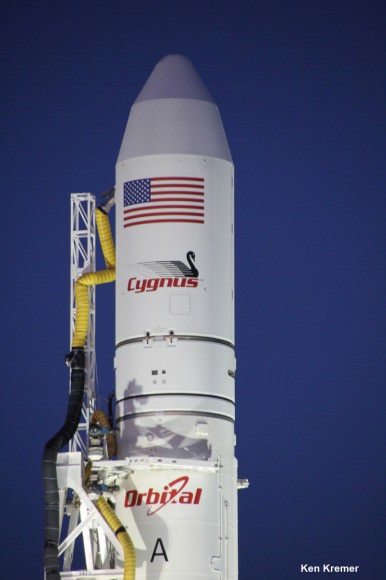
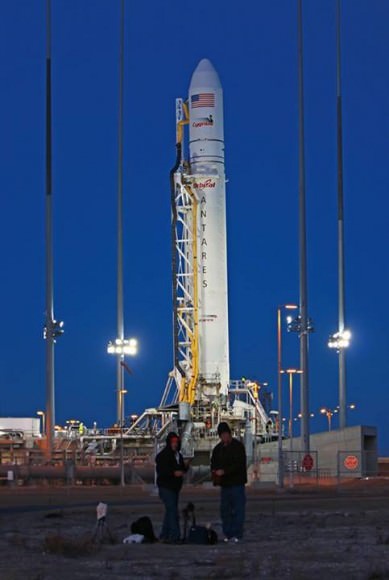

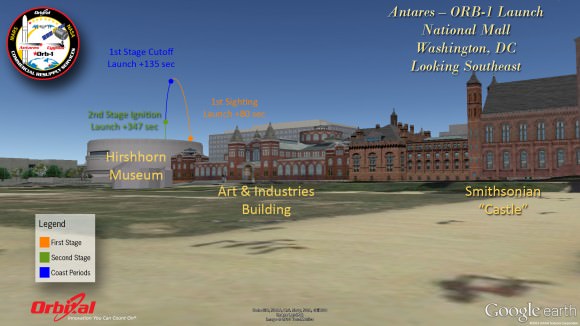
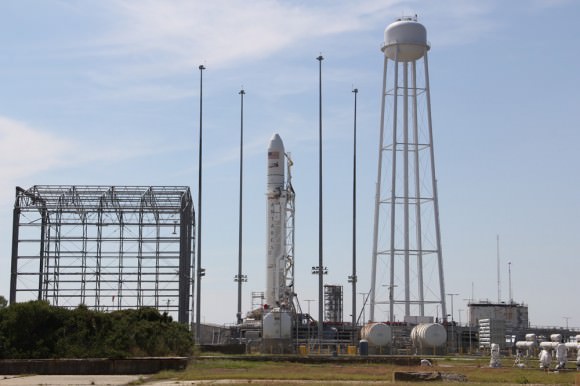
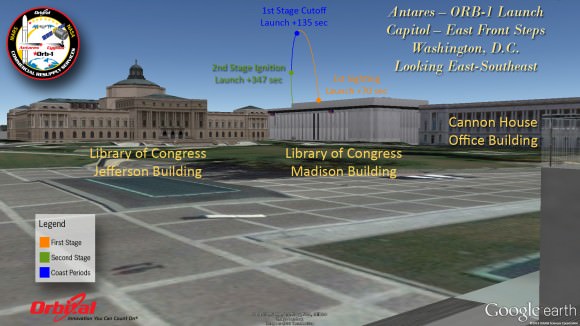
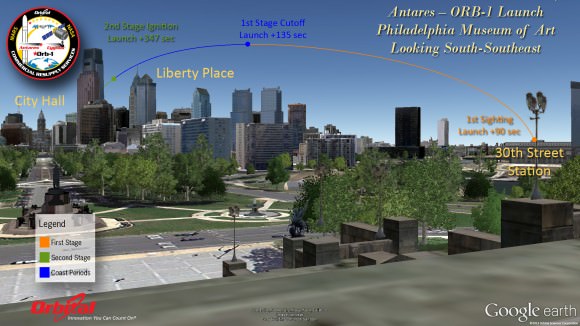
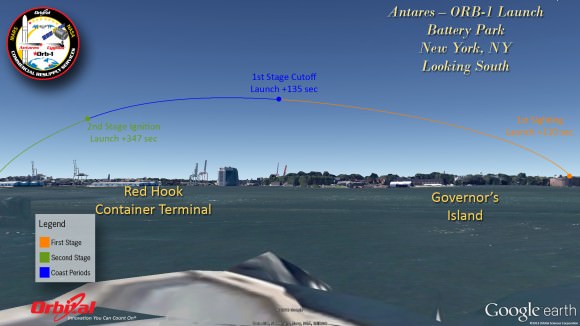
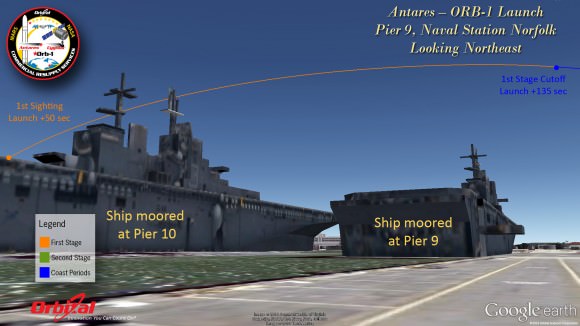
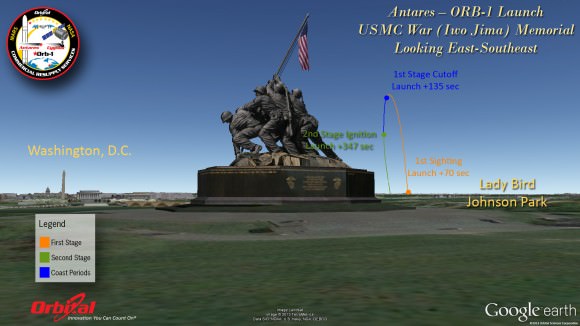
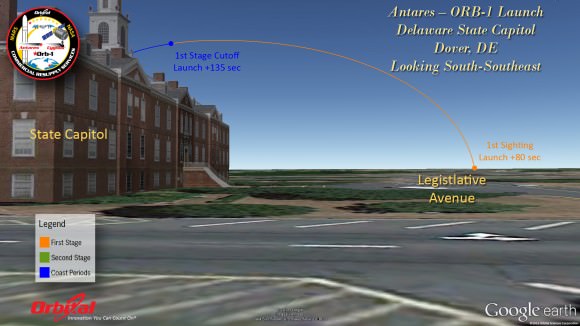
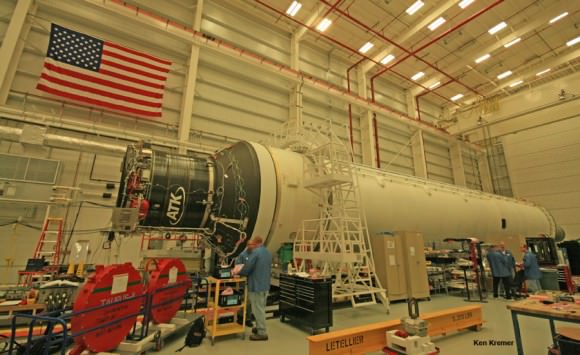
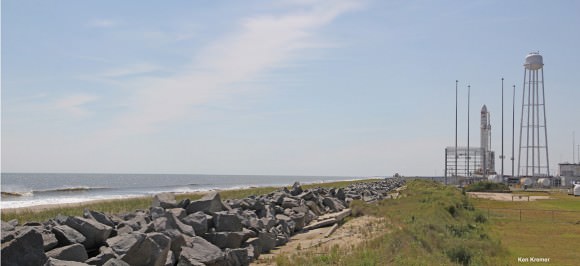
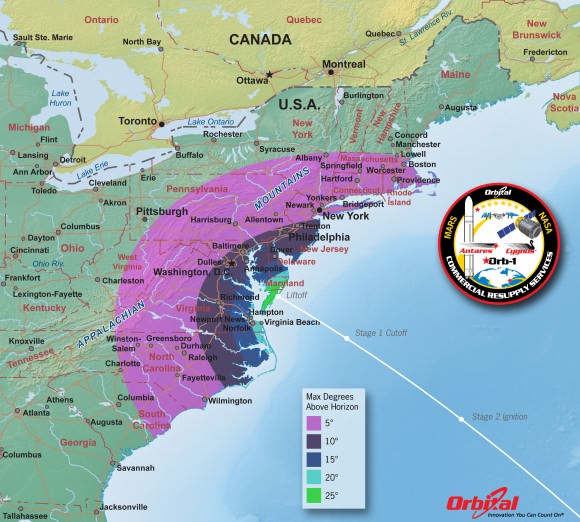
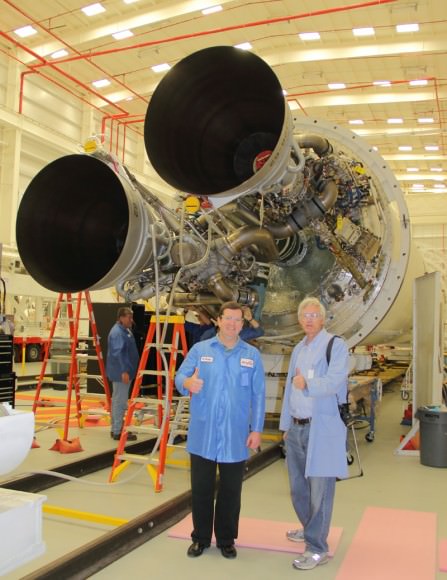
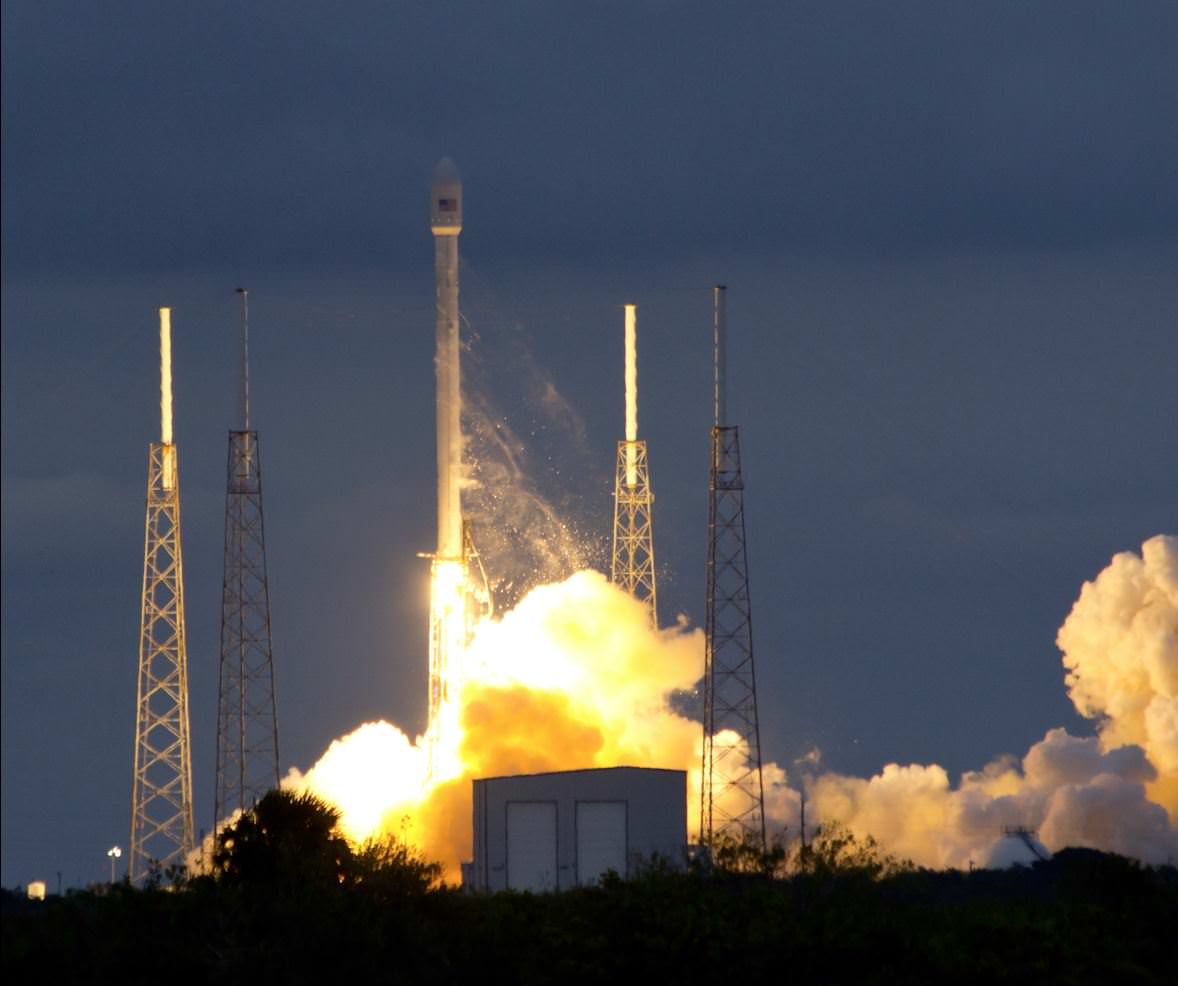
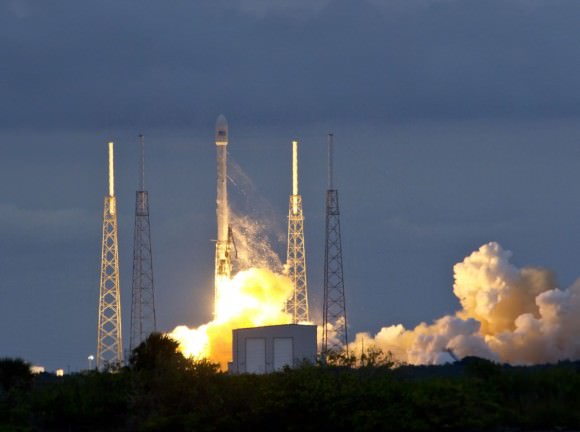
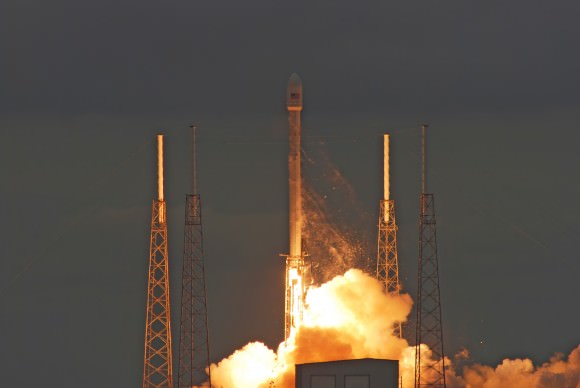
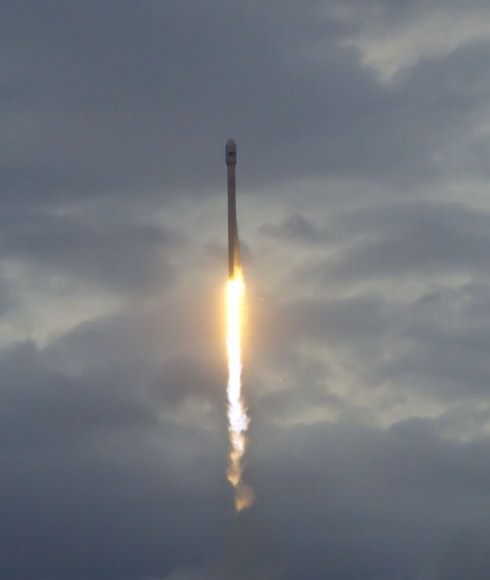
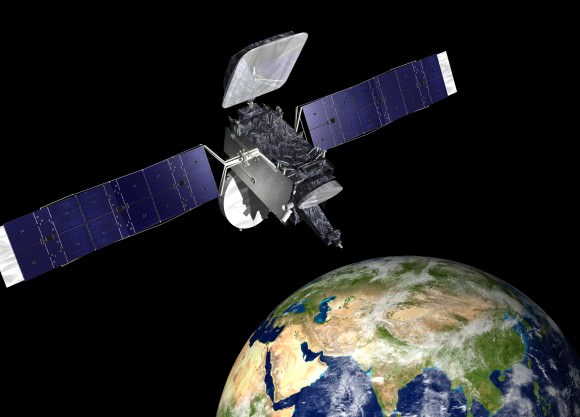
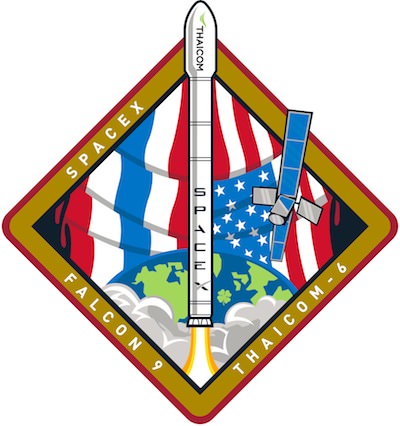
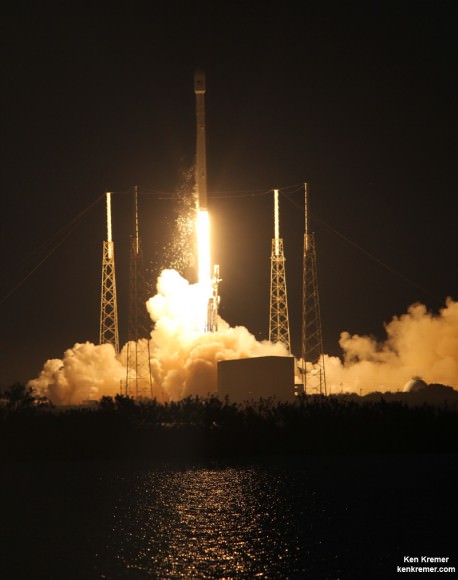
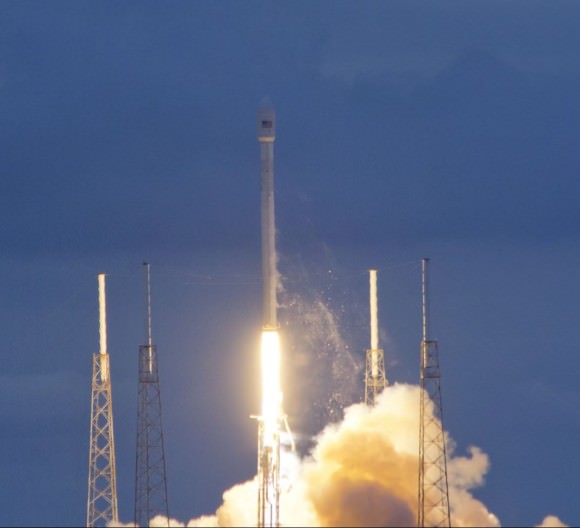
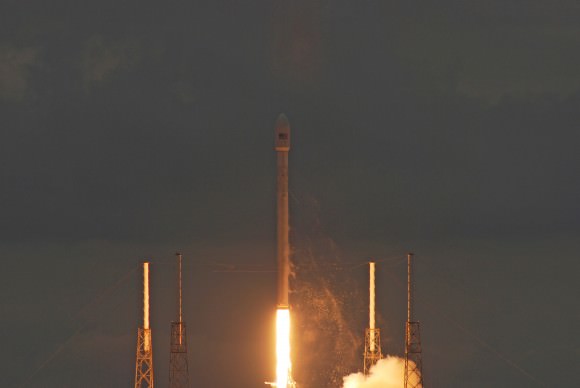
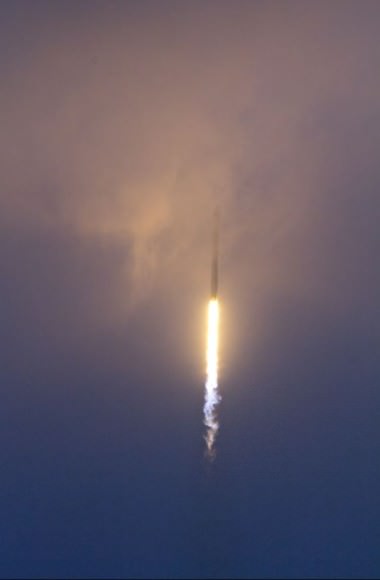
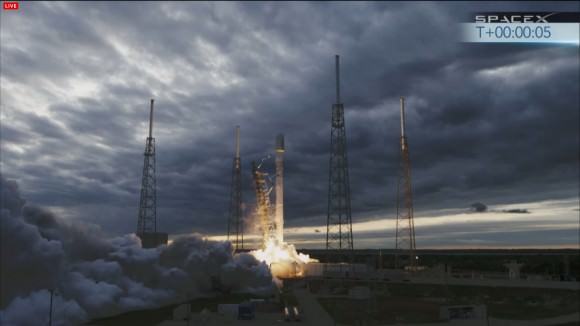
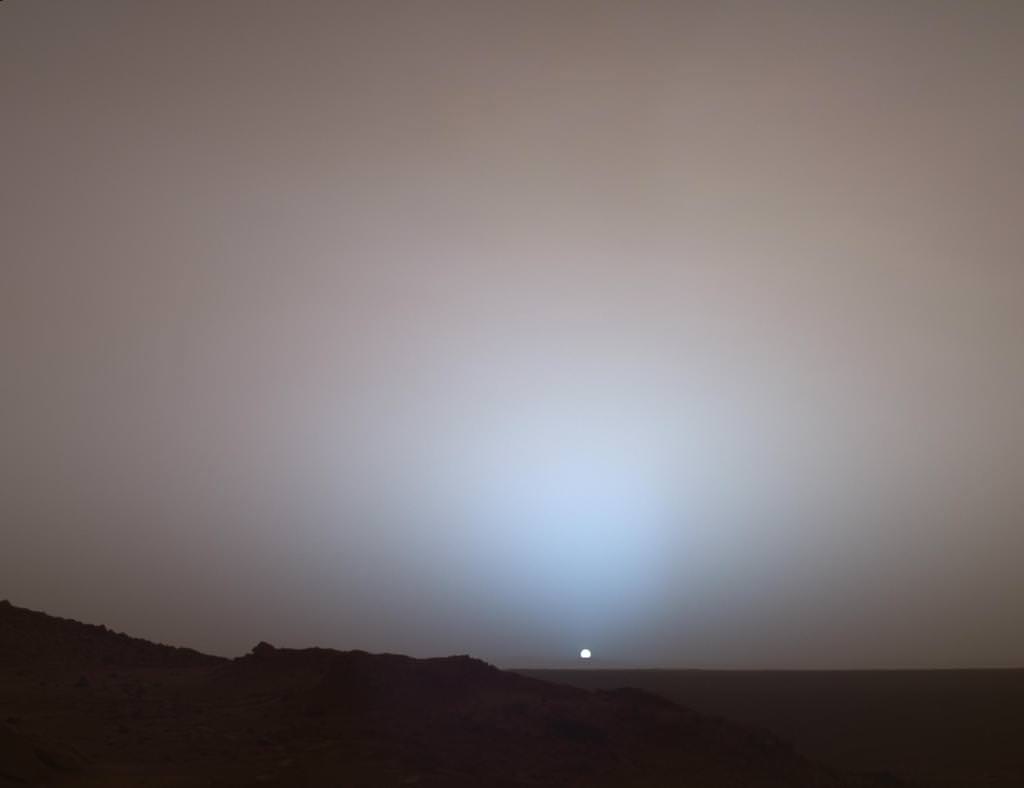
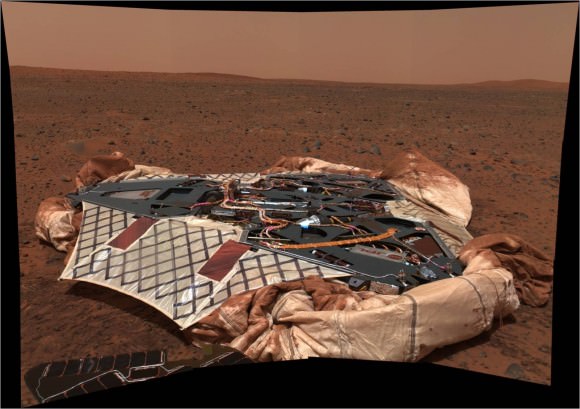
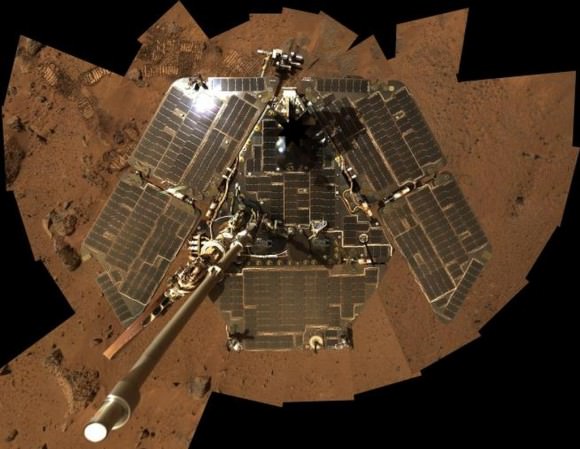
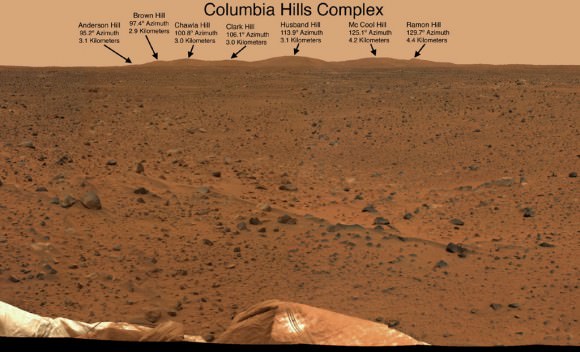

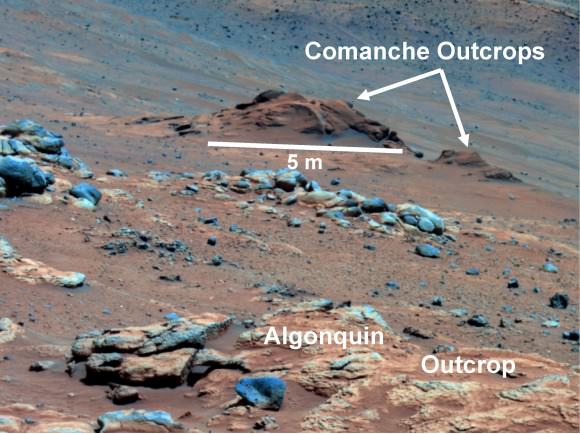

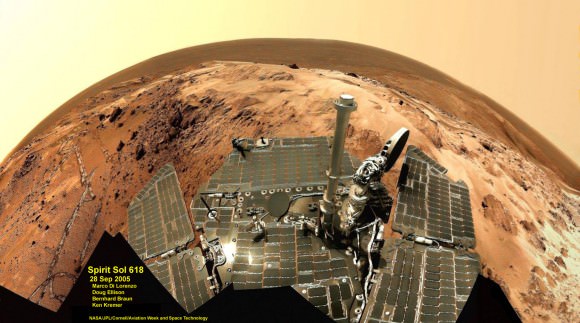

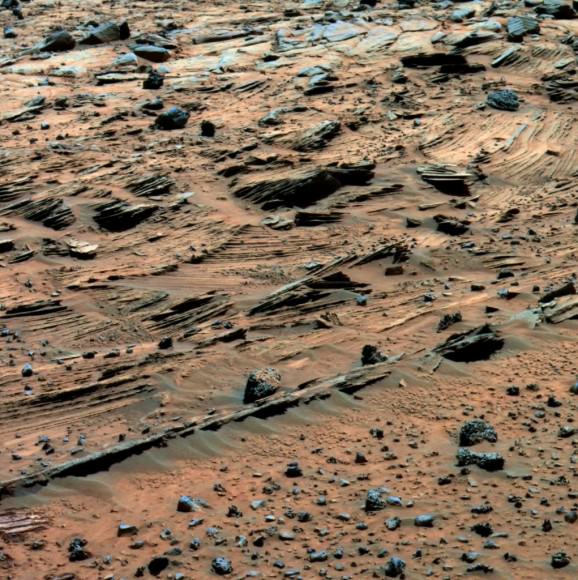
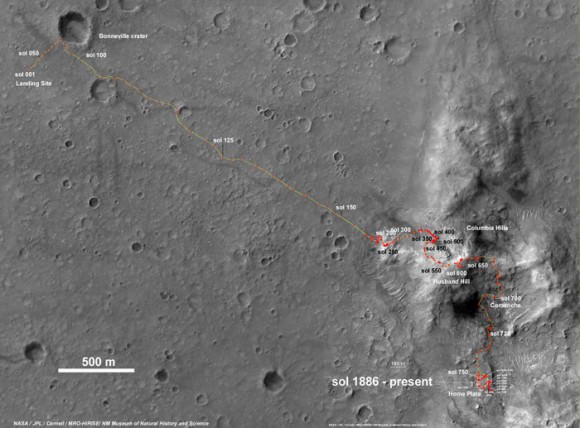

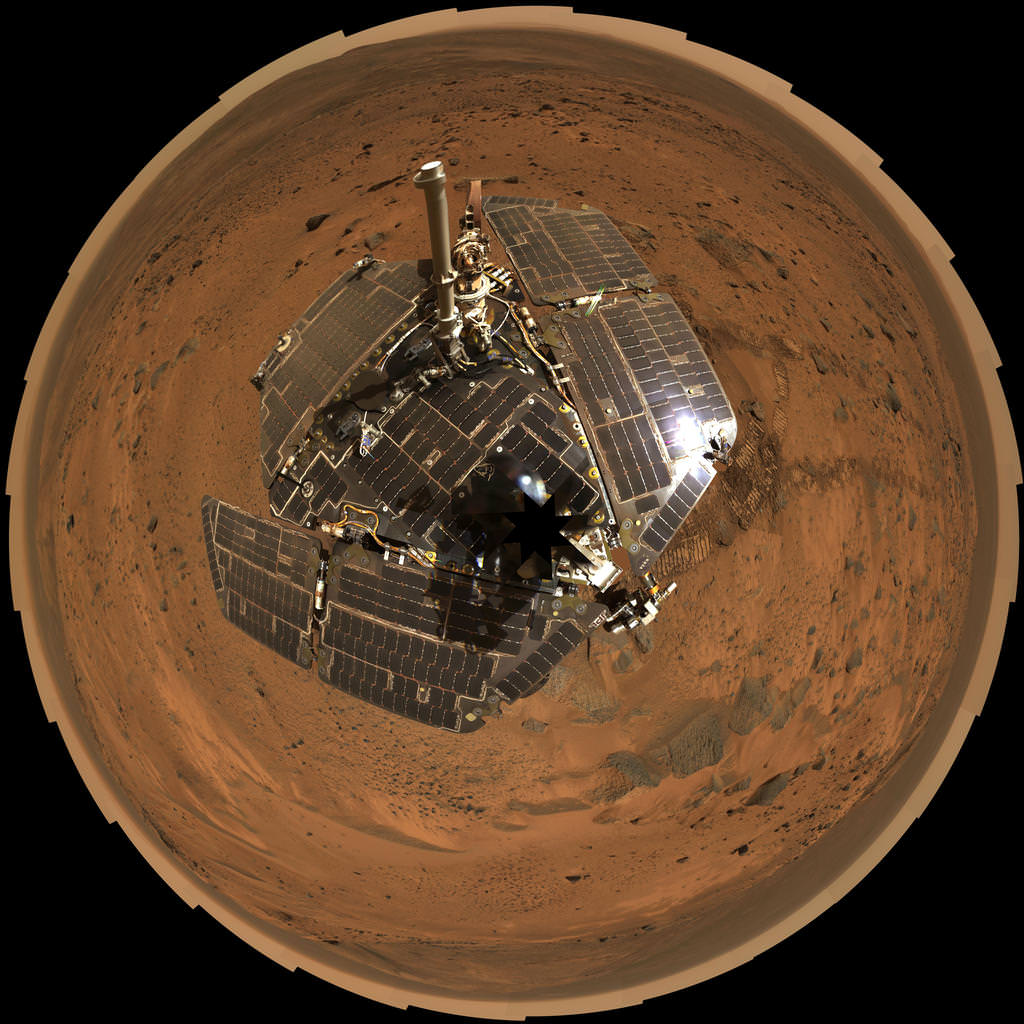


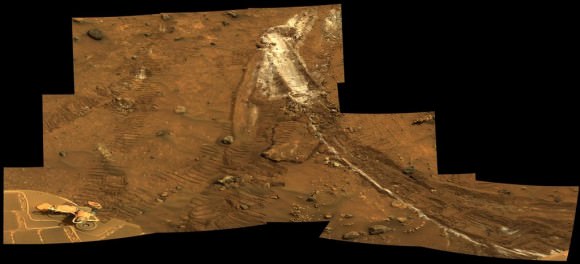
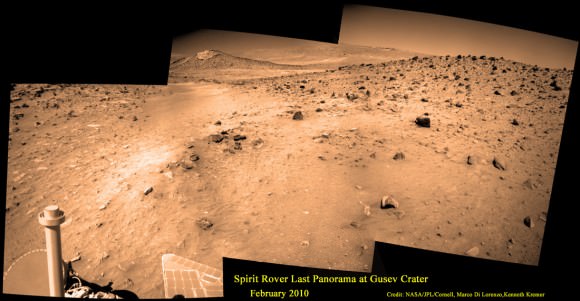
![MER10-SpiritAndOpportunity_ByTheNumbers[1]](https://www.universetoday.com/wp-content/uploads/2014/01/MER10-SpiritAndOpportunity_ByTheNumbers1-580x423.jpg)



